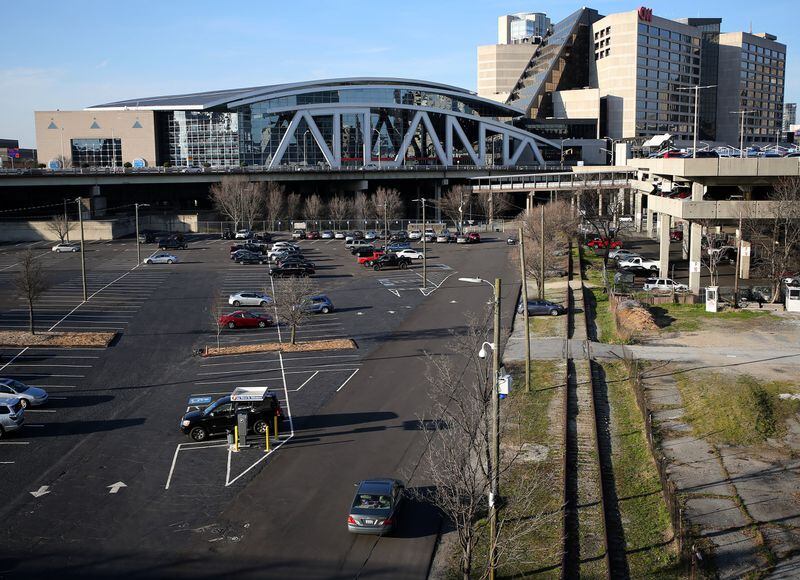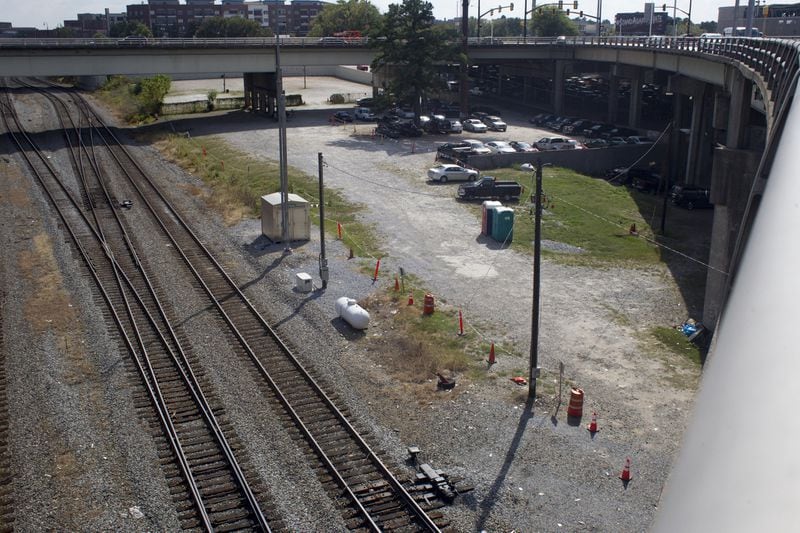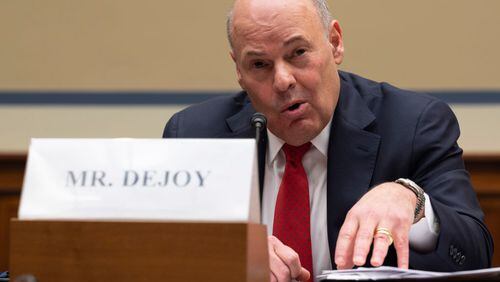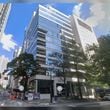Members of Atlanta's City Council are raising concerns about a proposed billion-dollar commitment of public money to a sprawling redevelopment in downtown's Gulch, and what taxpayers will get in return.
So far, Mayor Keisha Lance Bottoms’ office isn’t providing any answers to their questions.
On Monday, The Atlanta Journal-Constitution first reported a plan for potentially $1 billion or more in public financing to build a mini-city between the Five Points MARTA Station and Philips Arena.
By Wednesday, councilmembers said they were still in the dark about the financial details for the project, which has been pitched as a possible location for Amazon's second headquarters.
“We need to know how much public dollars are going to be involved in its entirety and what this means for the operation of the city going forward,” Councilman Amir Farokhi, who represents the Old Fourth Ward, told Channel 2 Action News.
Councilman Howard Shook, who represents Buckhead, took issue with information being released in press releases and not directly to the council.
“I’m unhappy with sort of the proposed pace of this, that information is dribbling out when it comes out. Frankly, most of what I learn is through media releases, so that’s a bad starting place for me,” he told Channel 2 Action News.
Developer CIM is proposing a $3.5 billion to $5 billion development. The incentive package proposed would include $900 million in public financing on the low end, and up to $1.75 billion on the high end, a document obtained by the AJC shows.
Councilwoman Jennifer Ide, who represents the Virginia-Highland area, said legislation before council doesn’t include how the public financing and tax revenue projections were calculated.
“I’ve never seen a development agreement. I’ve never seen the bond documents. I’ve never seen any of the attachments that actually have the specifics of the deal,” Ide said at a council finance committee meeting Wednesday.
The CIM plan also is devoid of information about the developer's commitments to affordable housing and community benefits.
“I think there’s a lot of information that we need before it’s going to be ready for a vote,” she said.
Ide said the council should consider a cap on the potential incentives to protect taxpayers and insert mechanisms in the proposal to ensure that if property and sales tax revenues exceed expectations that there is “some kind of share for taxpayers on the upside.”
The site generates little if any tax revenue today, and upon completion and repayment of bond debt, the city, Fulton County and Atlanta Public Schools combined could reap tens of millions of new tax dollars annually, the document said.
Under the structure, the vast majority of new revenue from the site would pay off the debt first, but the payoff of a broader tax base for the city will be decades away.
Councilman Andre Dickens also asked for more information from the administration.
“Can we get just some starting point on this and is there a timeline?” he asked during the finance committee meeting.
City Deputy Chief Financial Officer John Gaffney told council members at the meeting that they would get more information before a work session scheduled for next week.
Julian Bene, whose term ended this week as a member of the board of Invest Atlanta, the city’s economic development arm, said the value of the public investment in the deal is likely to rise to more than $2 billion.
CIM’s plan calls for extensive infrastructure to reconnect neighborhoods with a new street grid. That infrastructure includes a platform of some 40 feet in height to allow trains underneath to pass, as well as water, sewer and electrical work.
But the streets, sidewalks and green space would be privately controlled with the public only assured of access. Ide said she’s not thrilled by that proposed arrangement.
CIM has also committed to retaining 20 percent of the development’s proposed 1,000 residences as “affordable.”
The AJC asked the city this week for additional details about the massive incentive package and the public benefits. The newspaper asked for specifics about affordable housing commitments, tax revenue and incentive projections and the cost of infrastructure.
Bottoms’ office did not answer any of the AJC’s questions.
In a statement, Bottoms’ office said many details still aren’t final and “the information we released to the public (Monday) was merely an update to let our residents know where the development stands at this moment in time.”
“More comprehensive information will be forthcoming as the massive project moves forward,” the statement said.
That timeline was not disclosed.
“Any time you’re talking about a figure with a ‘b’ in it, it should be publicly discussed,” said Kyle Kessler, a downtown resident. “Even if it’s a good public investment, is it the best public investment? And do we have the proper fail-safes and checks in place?”
Gulch redevelopment
Scope: Developer CIM Group outlined a project of $3.5 billion to $5 billion. CIM proposed more than 9 million square feet of office space, 1,000 residences, 1,500 hotel rooms and 1 million square feet of retail space.
Public investment: Documents obtained by the AJC project public financing of $900 million to $1.75 billion, though those figures could grow. It would be funded by a portion of sales taxes and expected future increases in property taxes.
Next public hearing: City Council plans a work session on Tuesday at 9:30 a.m.









